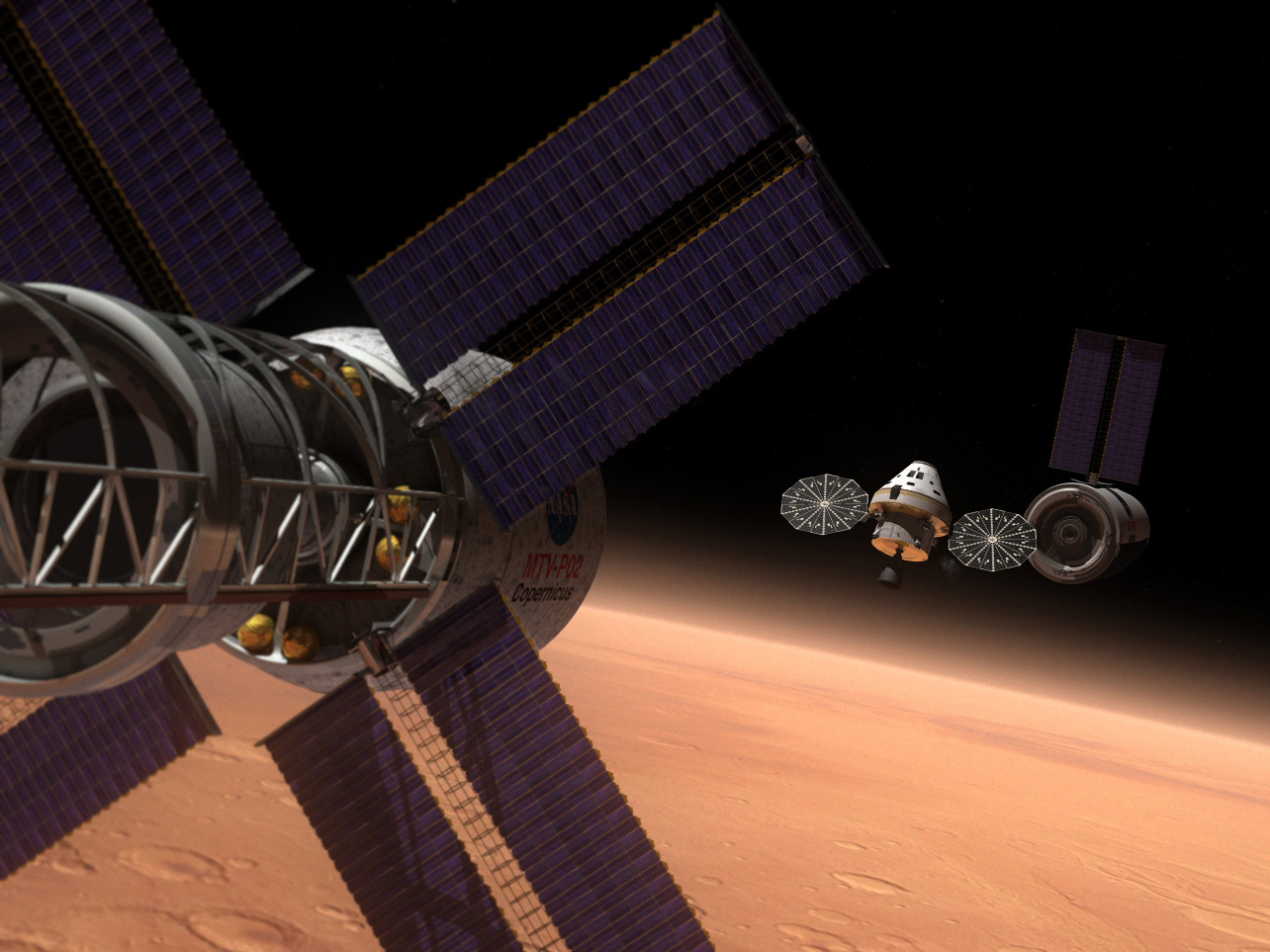Science News
Deep Spaceflight
May 24, 2011

Today NASA announced its plans for the future of human spaceflight—and not just local spaceflight either. Coming on the heels of the second-to-last space shuttle flight, the news is not a complete surprise.
While commercial companies will handle transportation (human and otherwise) to the International Space Station in the future, NASA Administrator Charles Bolden set a solid course for other, farther destinations on the Orion spacecraft.
“We are committed to human exploration beyond low-Earth orbit and look forward to developing the next generation of systems to take us there,” Bolden said. “The NASA Authorization Act lays out a clear path forward for us by handing off transportation to the International Space Station to our private sector partners, so we can focus on deep space exploration. As we aggressively continue our work on a heavy lift launch vehicle, we are moving forward with an existing contract to keep development of our new crew vehicle on track."
According to Universe Today:
…the system will be based on designs originally planned for the Orion Crew Exploration Vehicle which was being built to return humans to the Moon.
The spacecraft will carry four astronauts for 21-day missions and be able to land in the Pacific Ocean off the California coast. The spacecraft will have a pressurized volume of 690 cubic feet, with 316 cubic feet of habitable space. It is designed to be 10 times safer during ascent and entry than its predecessor, the space shuttle.
“This selection does not indicate a business as usual mentality for NASA programs,” said Douglas Cooke, associate administrator for the agency's Exploration Systems Mission Directorate in Washington. “The Orion government and industry team has shown exceptional creativity in finding ways to keep costs down through management techniques, technical solutions and innovation.”
To learn more about this new system, visit this NASA website.
Image: NASA